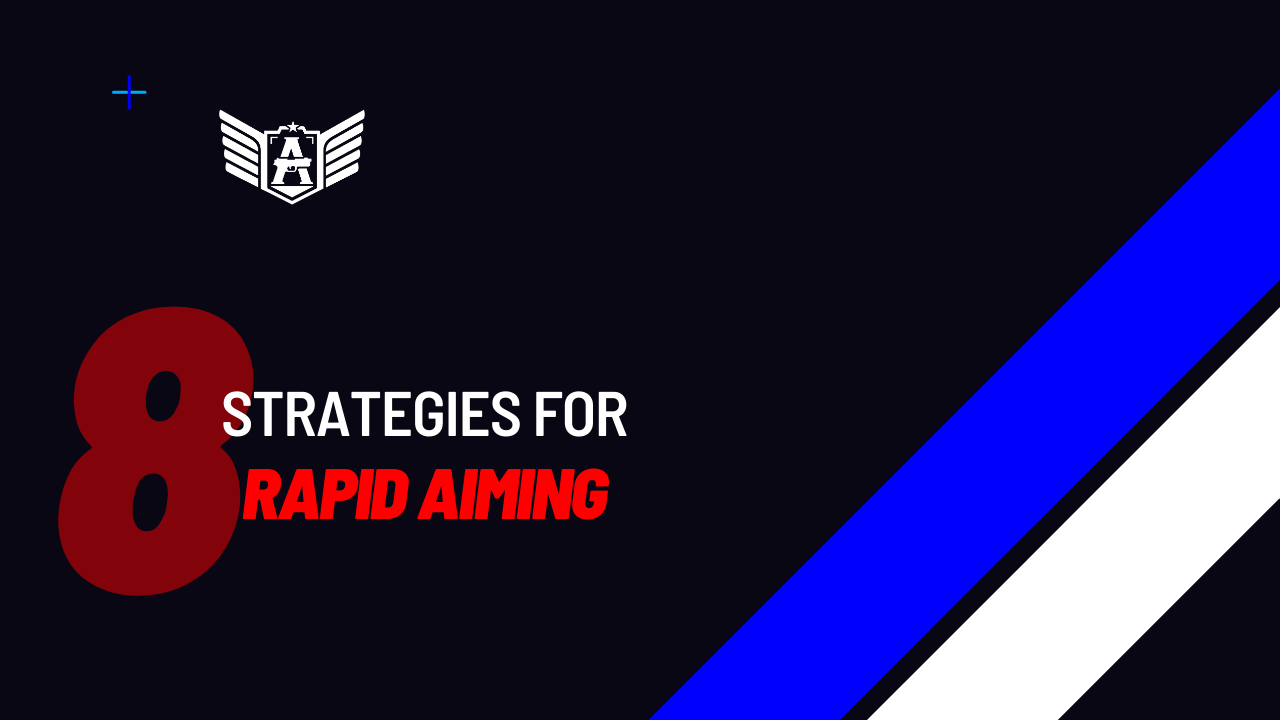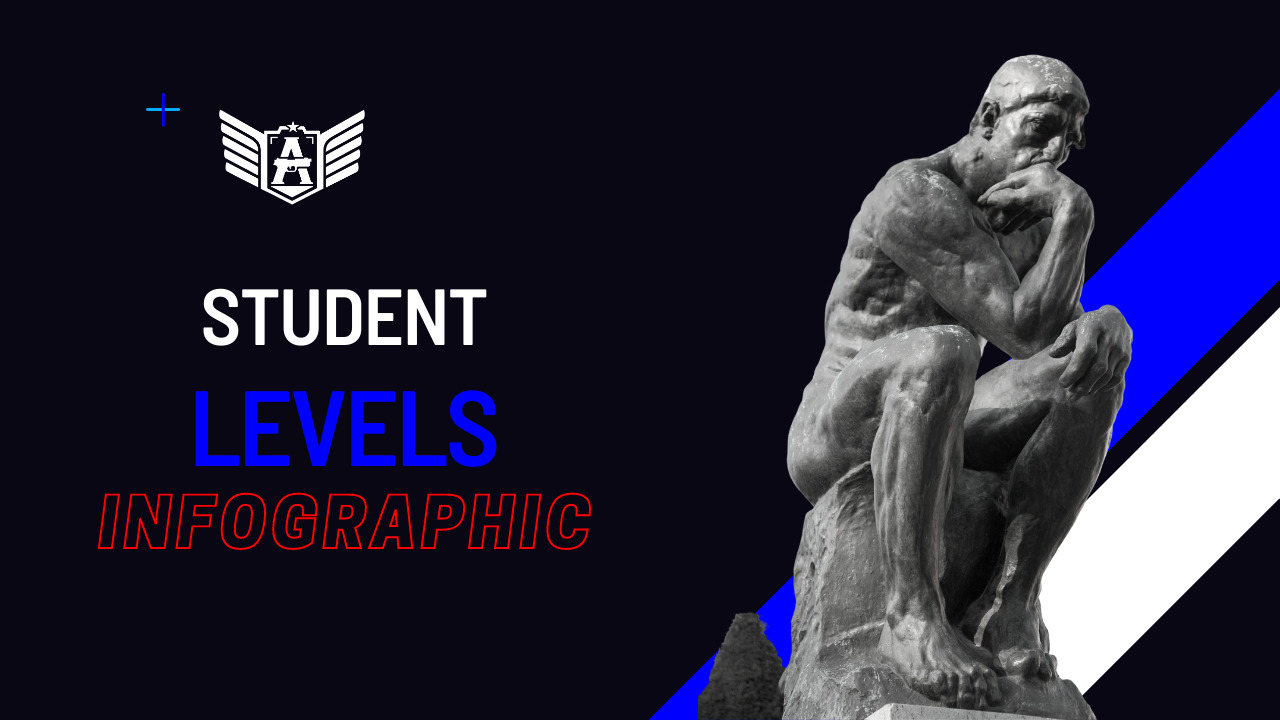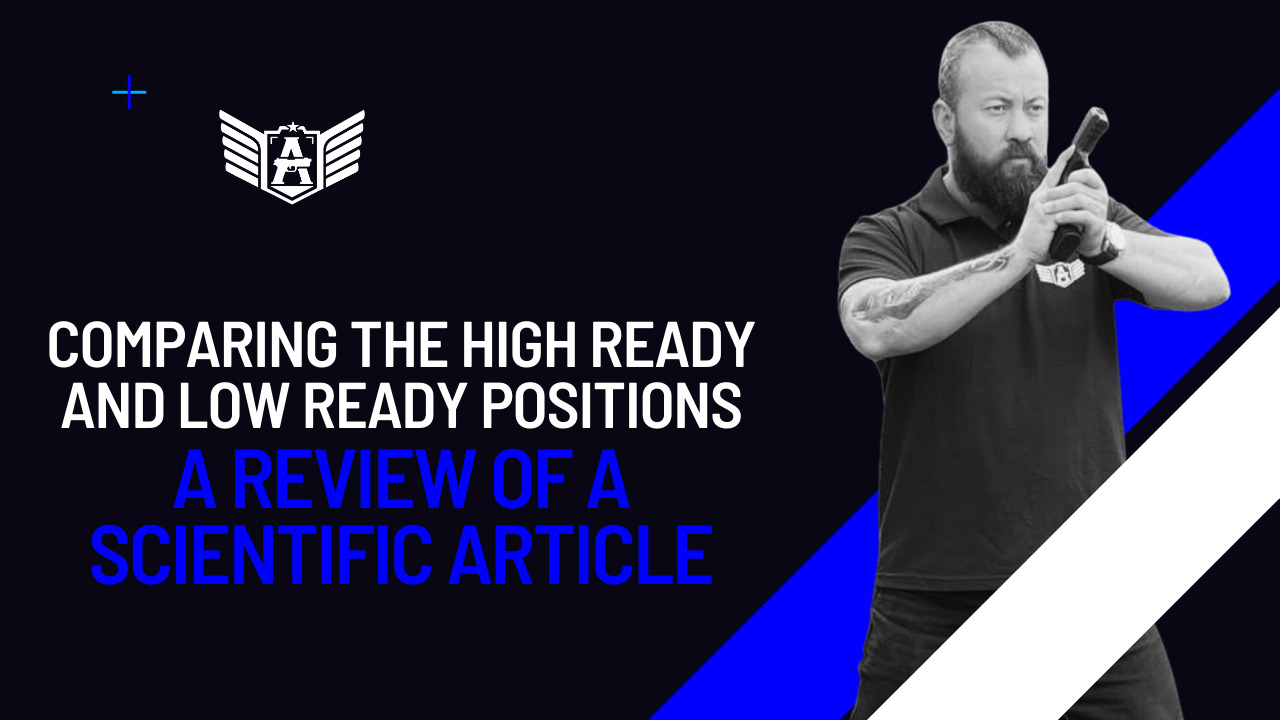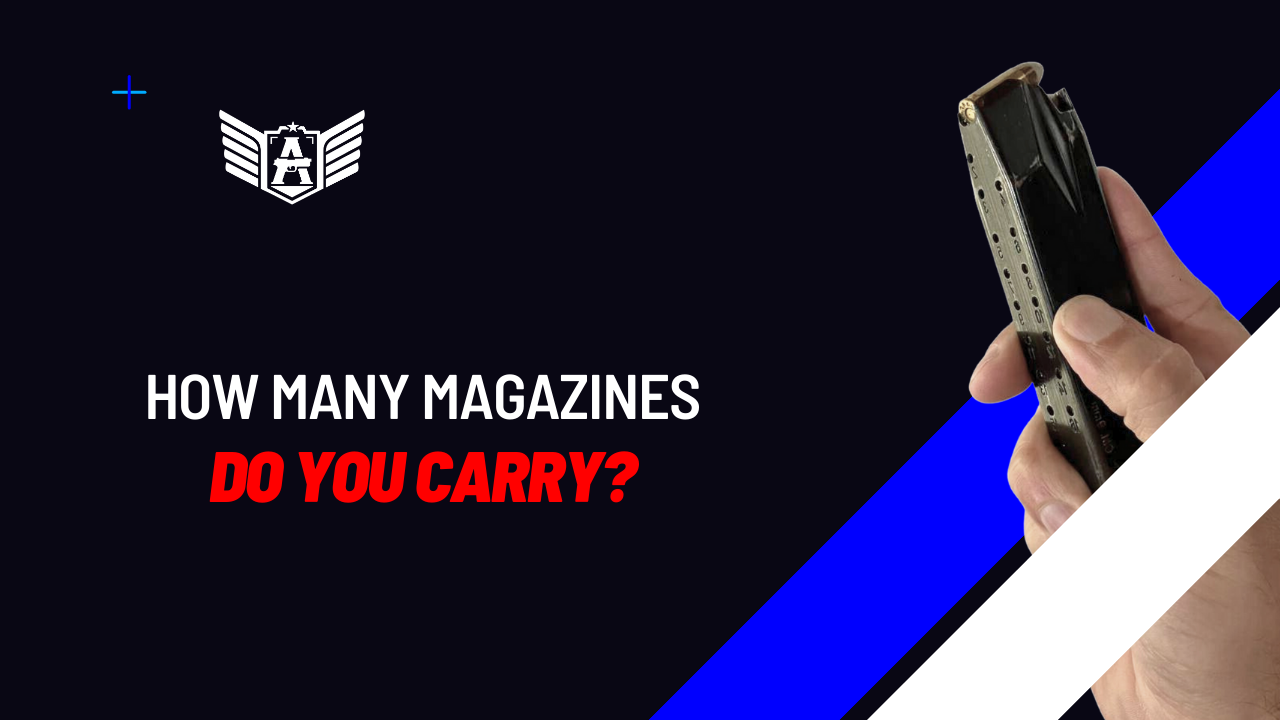Some say you can’t aim due to tunnel vision, while others argue you become too focused on the threat. The fact is, vision, the activity of seeing, is trainable. Does this mean you’ll see better if you do the exercises I’ll discuss? Not exactly. As far as I know, there are no exercises that can improve your visual acuity. So, when you take those eye exams for your driver’s license, you won’t suddenly see the smaller lines after doing exercises. However, visual acuity is only a relatively small part of the activities involved in aiming.

When you aim, for example, you also need to focus. Both your eyes must converge on a specific point, usually the sight mass, for you to align in three different planes: rear sight, front sight, and target. This can be quite counterproductive and technically impossible from the perspective of focus.
But why do people instinctively close one eye to shoot? If you’ve never tried this, let me explain. Find a target in the room and focus both eyes on it. Now, raise your finger and focus on your fingernail and the target simultaneously with both eyes open. You’ll notice that inevitably, you start to see two targets. This phenomenon is explained by Dr. Harley Bicas, an ophthalmology specialist at USP, Ribeirão Preto. When you achieve binocular convergence, you create an imaginary circle called an “horopter.” Anything outside this circle appears duplicated, while inside, it’s seen correctly.

It’s crucial to understand this to improve your aiming. Now, let’s move on to practical ways to train for quicker aiming. Here are eight methods:
(1) Training with both eyes open:
- To improve quick aiming, it’s crucial to train with both eyes open in most situations. Although closing one eye may seem easier, understanding why it’s done and its advantages and disadvantages is essential. . Although closing one eye may be useful in certain situations, such as when there’s time for careful aiming, in urban combat, where action is fast-paced and intense, keeping both eyes open is crucial for survival.
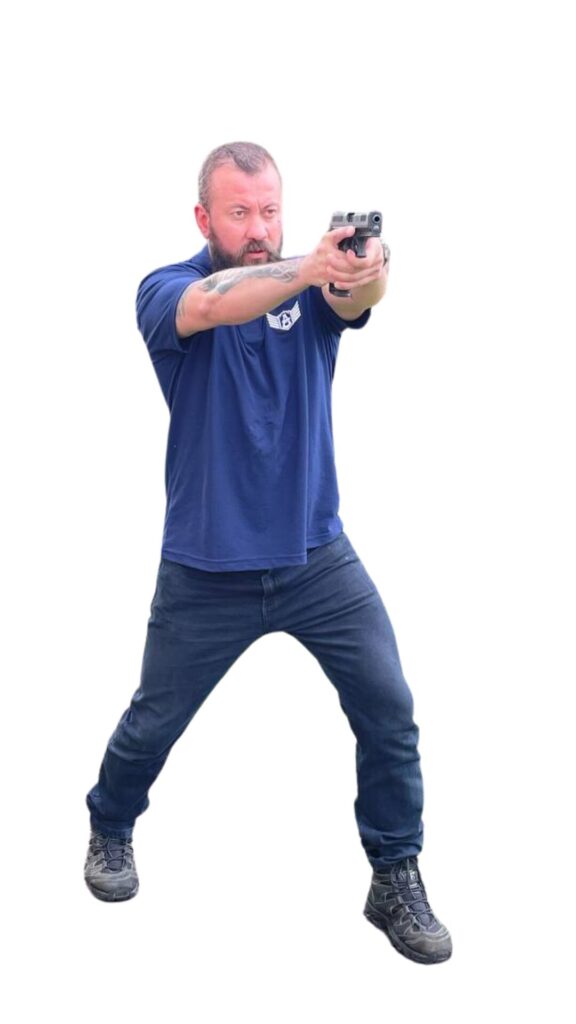
(2) Near and far exercises:
- Alternate focus between nearby and distant objects to challenge convergence of vision at different distances. This exercise can be done with the firearm itself or with objects like a pen. Alternating between near and far vision helps train quick adaptation of vision, essential for quick and effective aiming in varied situations.
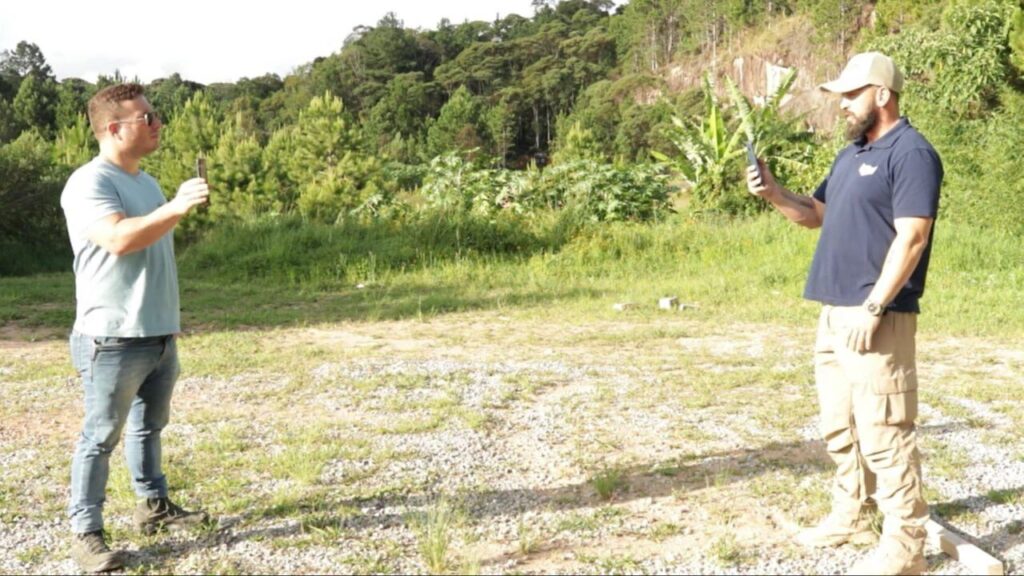
(3) Tachistoscope:
- The tachistoscope is a device that displays images rapidly to train the ability to identify and focus on a specific target quickly. Although invented in 1859, today there are cell phone apps that replicate this function. Training with a tachistoscope helps improve visual perception and the ability to quickly identify targets.

(4) String Drills:
- String drills are a simple and effective way to train focus at different distances. By using a string with various colored balls, it’s possible to practice focusing on specific points along the string, challenging vision at different distances. This exercise is low-cost and can be easily incorporated into training routines.
(5) Eyeport Training:
- Eyeport training involves using an illuminated device that displays points along it. By focusing on the illuminated points at different distances, the practitioner enhances the ability to quickly adjust vision and align the sight and front sight with the target. This method is a modernization of string exercises and offers a variety of visual stimuli for training.
(6) Strobe Glasses:
- Strobe glasses block the user’s vision for a fraction of a second, forcing rapid visual readjustment. Although still controversial, they have shown positive results in some scientific studies. These glasses are an advanced tool for training the ability to quickly focus in different situations and can be useful for improving quick aiming in challenging conditions.
(7) Saccades:
- Saccades are exercises involving tracking various objects in space, similar to transitioning between targets with firearms. By practicing letter tracking in a specific sequence, you develop ocular mobility and the ability to quickly focus on different points. This exercise is free and can be easily done anywhere, using only a smartphone or computer.
(8) Dynavision:
- Dynavision is an advanced electronic equipment designed to train visual and motor skills in a variety of protocols. Although it’s an expensive option and generally intended for professional training labs, Dynavision offers a range of exercises and visual stimuli to improve quick aiming and other shooting-related skills.
Incorporating these training methods into your routine can significantly improve your aiming speed and accuracy. Experiment with each technique and share your experiences with us. Let us know if you’ve tried any of these before and how effective they were for you. Together, let’s enhance our shooting skills and ensure our safety. Until next time, stay safe and keep practicing!

